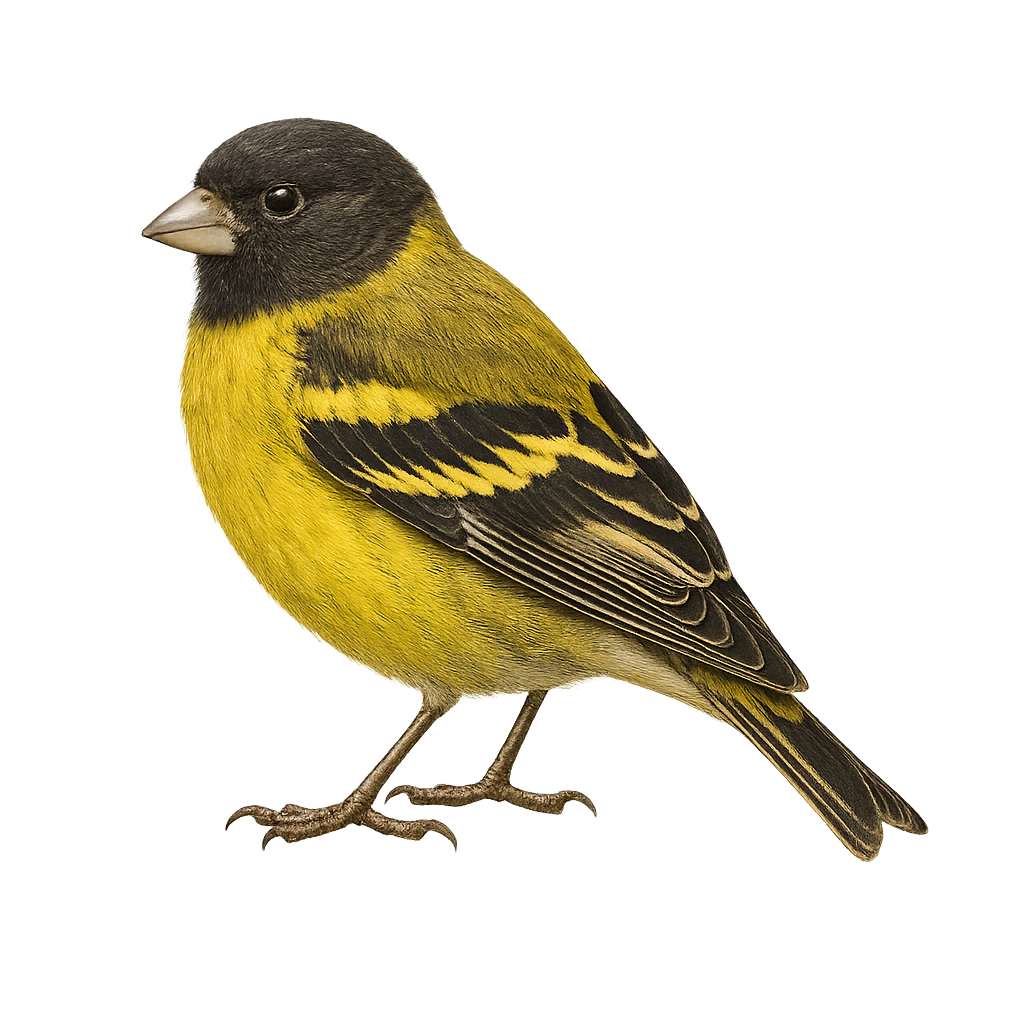Your wildlife photography guide.
Explore the black-headed canary in detail, study its behavior, prepare your shots.
Where to observe and photograph the black-headed canary in the wild
Learn where and when to spot the black-headed canary in the wild, how to identify the species based on distinctive features, and what natural environments it inhabits. The WildlifePhotographer app offers tailored photography tips that reflect the black-headed canary’s behavior, helping you capture better wildlife images. Explore the full species profile for key information including description, habitat, active periods, and approach techniques.
Black-headed Canary
Scientific name: Serinus nigriceps

IUCN Status: Least Concern
Family: FRINGILLIDAE
Group: Birds
Sensitivity to human approach: Suspicious
Minimum approach distance: 10 m
Courtship display: March to May
Incubation: 12-14 jours
Hatchings: March to June
Habitat:
Rocky areas, open savannas, dry scrublands
Activity period :
Primarily active during the day, with peak activity in the morning and late afternoon.
Identification and description:
The Black-headed Canary, or Serinus nigriceps, is a small seed-eating bird belonging to the Fringillidae family. It is primarily found in the arid and semi-arid regions of southwestern Africa, particularly in Namibia and South Africa. This canary is easily recognizable by its black head contrasting with its bright yellow body. It inhabits rocky areas, open savannas, and dry scrublands. Its song is melodious, consisting of trills and warbles. The Black-headed Canary is a social bird, often seen in small groups. It mainly feeds on seeds but may occasionally consume insects.
Recommended lens:
400 mm – adjust based on distance, desired framing (portrait or habitat), and approach conditions.
Photography tips:
To photograph the Black-headed Canary, it is advisable to use a 400mm lens or longer to capture detailed images from a distance. Look for rocky areas or open savannas where these birds are often active. Be patient and discreet, as they can be suspicious. Opt for early morning hours to take advantage of soft, natural light. Use a tripod to stabilize your camera and achieve sharp shots.
The WildlifePhotographer App is coming soon!
Be the first to explore the best nature spots, track rutting seasons, log your observations, and observe more wildlife.
Already 1 432 wildlife lovers subscribed worldwide

